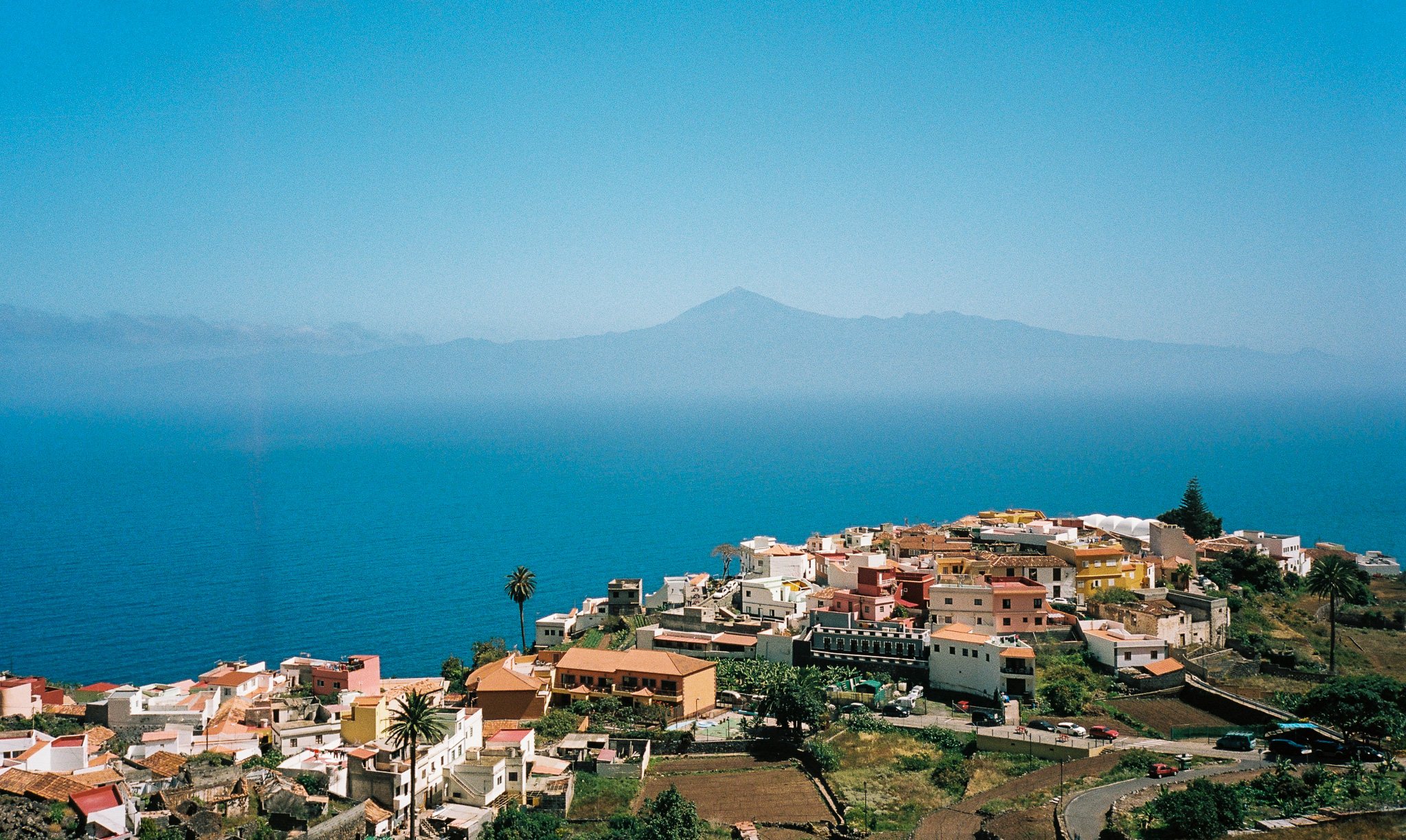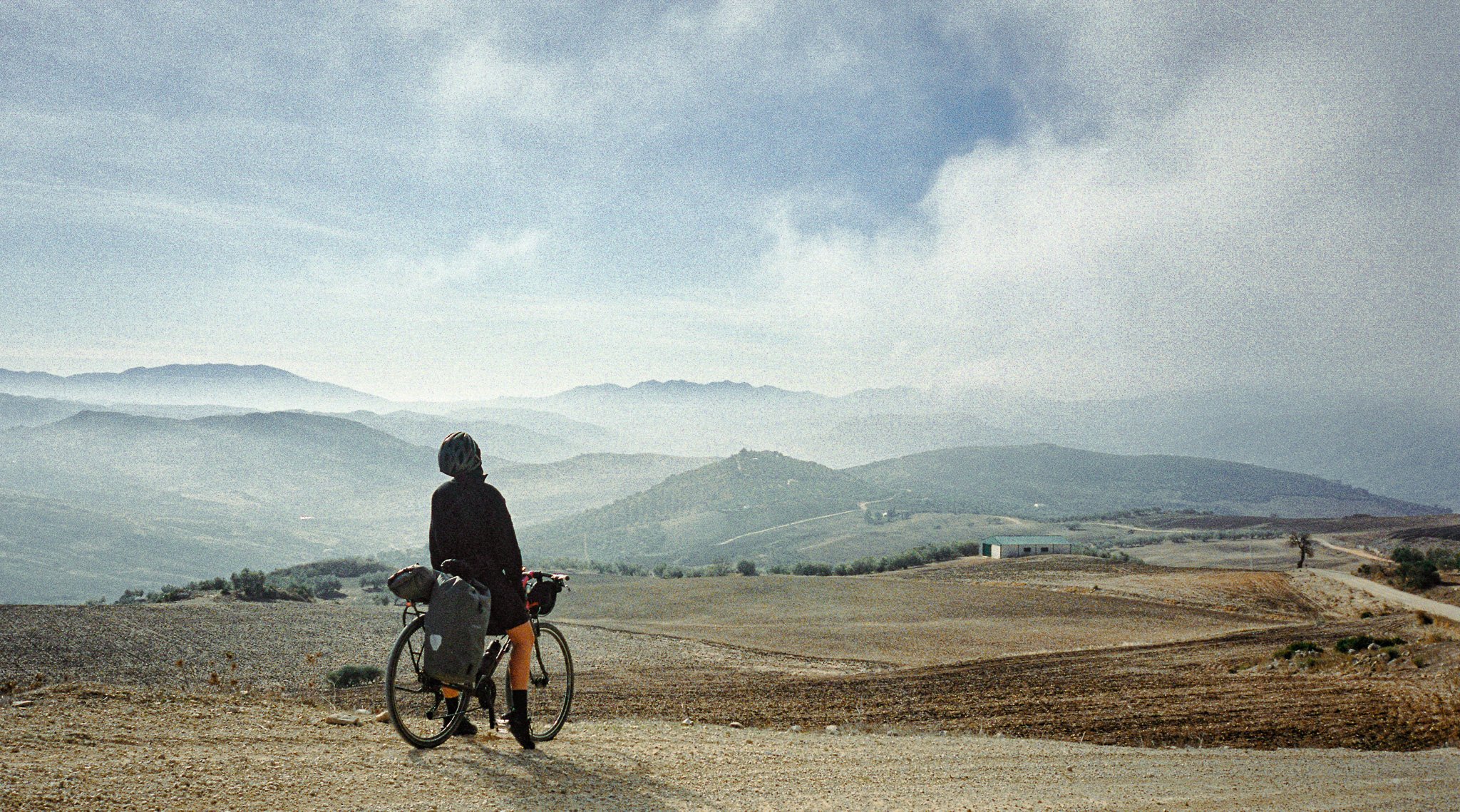What was surprising is that Dalí actually loved to paint in a not so comfy looking arm rest chair. He developed a huge canvas holder that he could move between two stories so he could always sit while working and move the painting to his needs in all directions.
Some more Dali (weird) fun facts:
Dali obviously liked stuffed animals. There were many. A polar bear he got as a present from a befriended writer. Three stuffed swans in his reading room which he had first in his pool till they all died. Plus Rhinos, Lions, Pumas. Not sure if they were all real but some yes.
He also was fascinated about wooden walking sticks. He had a great collection of them. From many different cultures, still remaining in the house.
Looking at all this stuff from a 2021 perspective it indeed left a bitter colonial taste. But Dali does not seem as a guy who would care.
He actually had a mirror placed near the window in an angle that would reflect the sunlight, immediately after rising over the ocean, straight into his face. Dali wanted to be the first person in the country that gets the sunlight on his skin. Humble!
He also kept a Cricket in a small tiny cage near his bed because he liked the sound of it. Alright!
Last but not least: Dali was nothing without Gala. He admired her and when his great muse and artist herself, died in 1982, Dali left his coastline House abruptly and moved to Castle de Castello and never came back to the house.
…
Costa Brava definitely left a sweet taste in our minds and tummies. Nevertheless we took a ferry from Barcelona to Sardinia.






















































































































